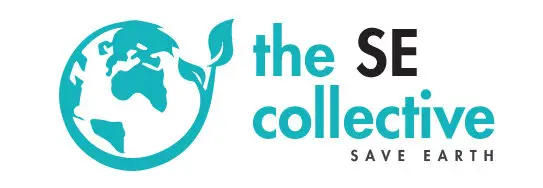As we strive toward a more sustainable future, the journey is marked by remarkable breakthroughs and persistent challenges. Here’s a look at 10 inspiring wins and 10 critical setbacks in the ESRG (Environmental, Sustainable, Renewable, Green) space, showcasing the highs and lows of our collective efforts to save the Earth.
10 Good Things in the ESRG (Environmental, Sustainable, Renewable &Green ) space
- Solar Energy Reached Record Capacity in 2024:
Solar power installations globally surpassed all previous years, making it the fastest-growing renewable energy source. - Major Corporations Committed to Net-Zero:
Companies like Microsoft and Google pledged net-zero carbon emissions by 2030, setting benchmarks for corporate responsibility. - Breakthrough in Carbon Capture Technology:
New advancements made carbon capture 30% cheaper, enhancing its feasibility for reducing industrial emissions. - Reforestation Projects Expanded Globally:
Nations like Brazil and Indonesia began massive reforestation efforts, aiming to restore millions of hectares of rainforest. - Electric Vehicles Outpaced Gasoline Cars in Sales:
2024 marked the first year EVs outsold traditional cars in Europe, a major shift toward sustainable transportation. - Plastic-Free Initiatives Gained Traction:
Several countries banned single-use plastics, significantly reducing ocean pollution. - Innovative Ocean Cleanup Technology Deployed:
Projects like The Ocean Cleanup removed tons of plastic waste from the Pacific Garbage Patch. - Breakthroughs in Sustainable Agriculture:
Vertical farming and lab-grown meat gained prominence, reducing land use and emissions from food production. - Massive Investments in Renewable Energy:
Global renewable energy investments exceeded $1 trillion for the first time, signaling a shift in energy priorities. - Youth Climate Activism Made Headlines:
Young leaders like Greta Thunberg continued to inspire worldwide movements, pressuring policymakers for urgent action.
10 Bad Things in ESRG (Environmental, Sustainable, Renewable &Green ) space
- Deforestation Rates Still Alarmingly High:
Despite reforestation efforts, deforestation in the Amazon increased by 20% compared to 2023. - Global Greenhouse Gas Emissions Rose Again:
Fossil fuel use rebounded post-pandemic, causing a spike in CO2 levels despite climate pledges. - Coral Reef Bleaching Intensified:
Rising sea temperatures led to unprecedented coral bleaching, threatening marine biodiversity. - Microplastics Found in Human Blood:
Scientists discovered microplastics in human blood for the first time, raising health concerns. - Biodiversity Loss Accelerated:
Over 1 million species remain at risk of extinction due to habitat destruction and climate change. - Lack of Accountability for ESG Commitments:
Many corporations failed to meet their environmental targets, undermining public trust. - Wildfires Increased in Frequency and Intensity:
From Canada to Greece, wildfires destroyed vast forest areas, releasing massive amounts of carbon into the atmosphere. - Insufficient Climate Financing for Developing Nations:
Wealthy countries fell short of delivering the promised $100 billion annual climate aid to poorer nations. - Ocean Acidification Worsened:
Carbon emissions continued to lower ocean pH levels, threatening marine life and ecosystems. - Methane Emissions Hit Record Highs:
Methane, a potent greenhouse gas, surged from agriculture and fossil fuels, exacerbating global warming.
